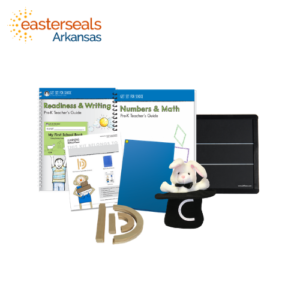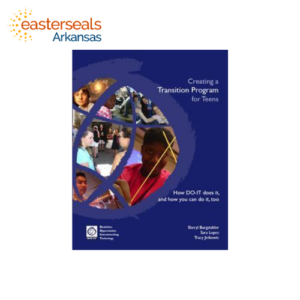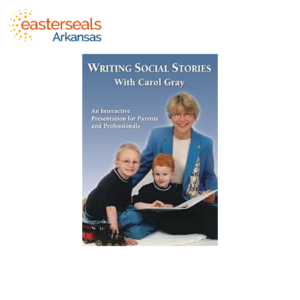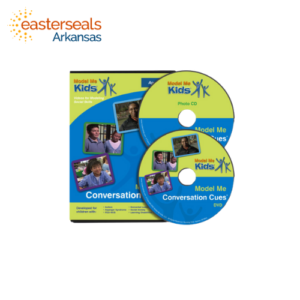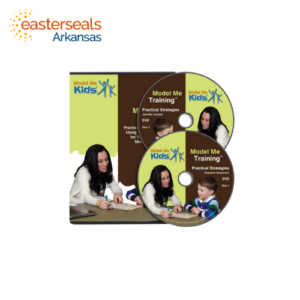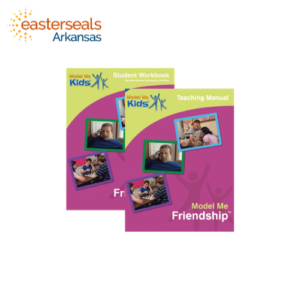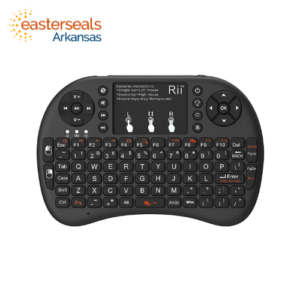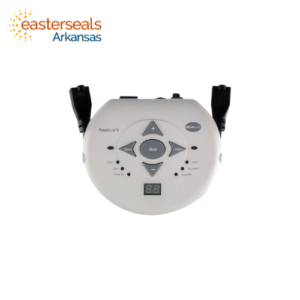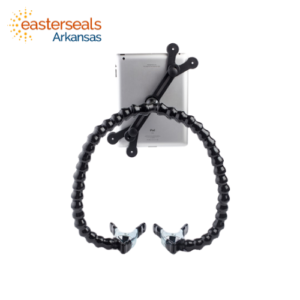-
This boxed curriculum contains teacher guides, student workbooks, cards, music, and supplemental materials for teaching handwriting to students from pre-k to 4th grade.
-
Do you want to begin or enhance a program to help young people successfully transition to college and careers? Do you want to reduce preparation time by starting with materials and forms that have been created by a successful program? This book was written for you! It can help you create summer study, work-based learning, and e-mentoring programs for youth. Key considerations are highlighted to help you get started in developing programs that include computer technology access, peer and mentor support, college preparation activities, and work-based learning. Organizational details shared in this book have been implemented for more than fourteen years at the University of Washington in Seattle. Applying these practices can promote the development of self-determination and technology skills that contribute to success in college, careers, and independent living. Chapter One provides an overview of research that supports DO-IT practices. The chapters that follow share how DO-IT employs evidence-based practices in a cohesive set of programs and activities for students who have disabilities. Within those chapters you will see how
-
This is an actual "Carol Gray Social Stories Workshop." In this three-hour presentation, Carol explains the genesis of her concept of social stories and leads the audience through exercises so, by the end of the video, you can easily write your own social stories. The accompanying handout booklet offers an outline of the presentation and statements and illustrations from Carol Gray's The New Social Story Book Illustrated Edition. The booklet is helpful while watching the video.
-
Copy 1 of 2 The Model Me Conversation Cues™ video features middle and high school-aged children demonstrating social skills at school and in the community. Each scene lasts between 30 seconds and 3 minutes, depending on the chapter. At the end of each chapter is a storyboard summarizing the rules taught. Hosted by teenagers from the video who narrate each scene. The visual is combined with narration and graphics that help explain the particular rule. Each conversation skill is demonstrated in more than one situation and across environments. This is useful to children with Autism because it helps with generalization of the skill taught. Recommended for ages 9-17
-
The Model Me Faces & Emotions™ video presents a variety of faces and emotions featuring children ages 2-8. Each scene lasts between 1-2 minutes, depending on the chapter. At the end of each chapter is a storyboard summarizing the emotion shown. Each emotion is demonstrated in more than one situation and across environments. This is useful to children with Autism because it helps promote generalization. Recommended for ages 2-8
-
This DVD examines video modeling as an evidence-based method of improving social skills in children with autism spectrum disorder (ASD). Children with ASD often have social skills deficits that interfere with success. Video modeling has been found to be an efficient and effective method of teaching social skills to children with ASD. We address how to implement a video modeling program, pairing video modeling with other social skills training approaches, and strategies for generalization of skills.
-
Model Me Kids Teaching Manuals are a complement to its video modeling videos and help extend the lessons taught in the videos. These resources help teach social skills at home, in a classroom, social skills group, or other teaching setting
-
Clicker 5 is a child-friendly writing tool which helps students of all abilities to develop literacy skills. ***The manufacturer sells an updated version of this product.

